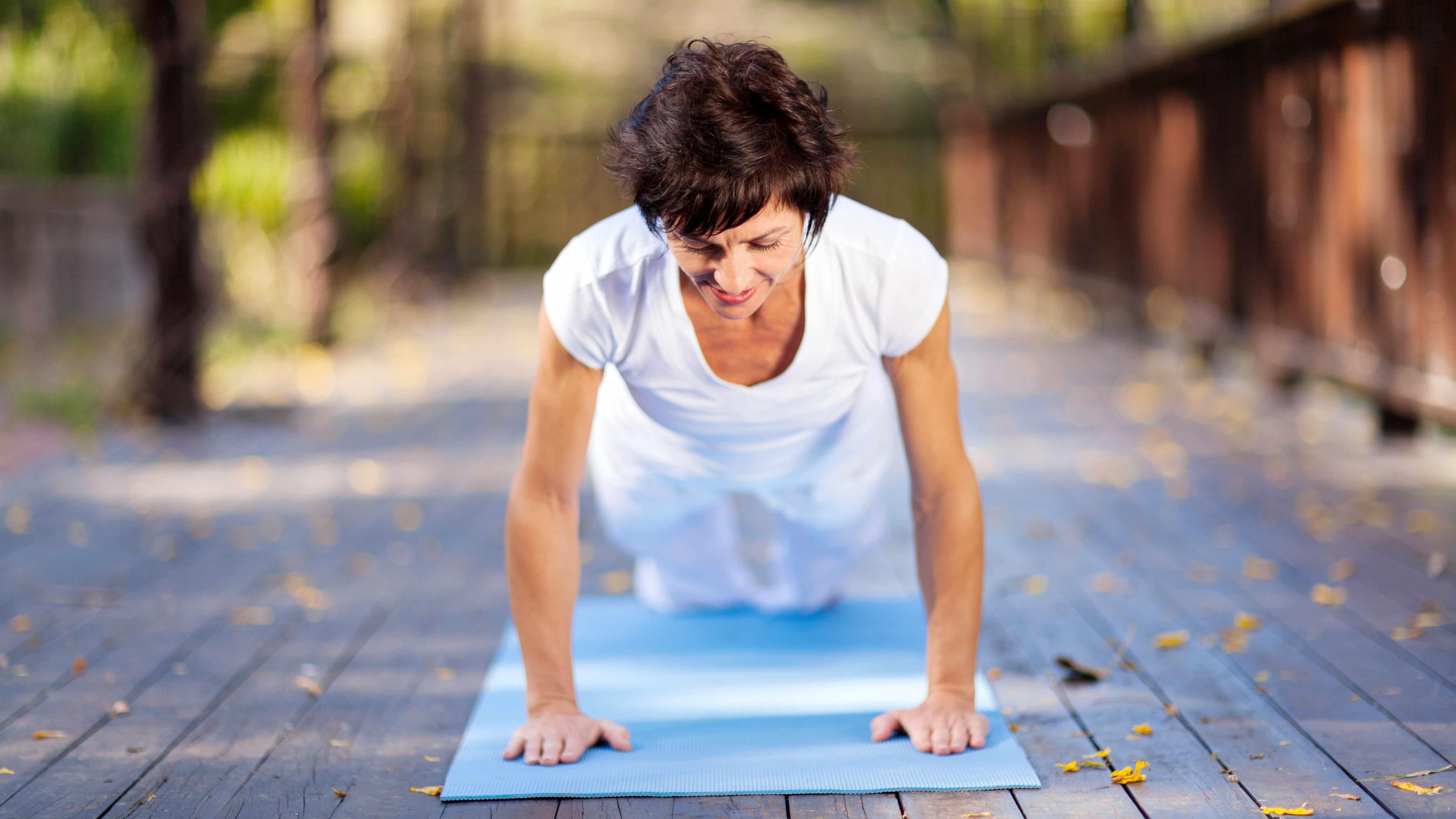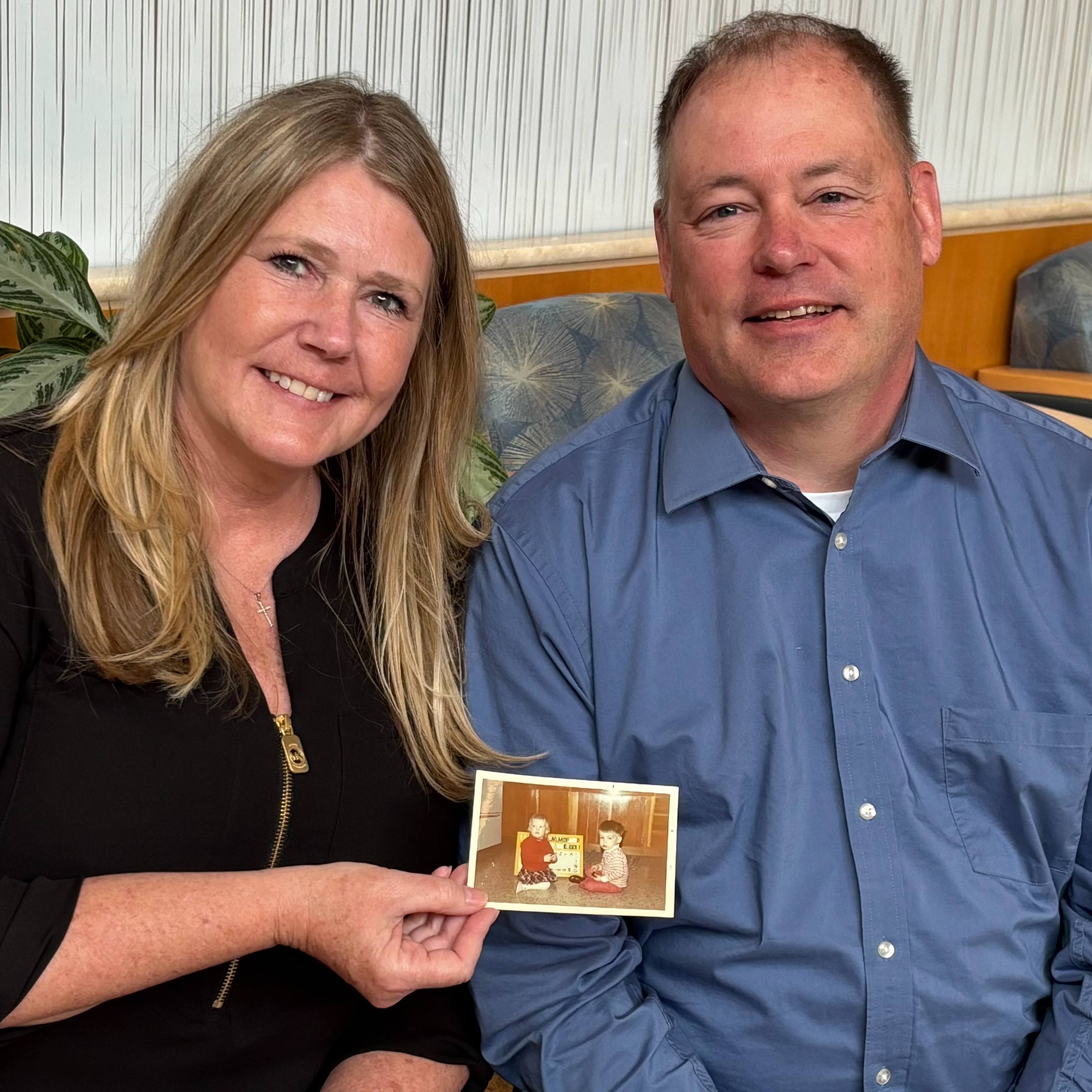-
Women’s Wellness: Working toward health and fitness

How fit are you? See how you measure up
Ready to start a fitness program? Measure your fitness level with a few simple tests. Then use the results to set fitness goals and track your progress.
You probably have some idea of how fit you are. But knowing the specifics can help you set realistic fitness goals, monitor your progress and maintain your motivation. Once you know your starting point, you can plan where you want to go. Get started with the simple assessment below.
Generally, fitness is assessed in four key areas: aerobic fitness, muscular strength and endurance, flexibility, and body composition. To do your assessment, you'll need:
- A watch that can measure seconds or a stopwatch
- A cloth measuring tape
- A yardstick
- Heavy-duty tape
- A scale
- Someone to help you record your scores and count repetitions
You'll also need a pencil or pen and paper to record your scores as you complete each part of the assessment. You can record your scores in a notebook or journal, or save them in a spreadsheet or another electronic format. Read more.
Fitness training balances five elements of good health. Make sure your routine includes aerobic fitness, strength training, core exercises, balance training, flexibility and stretching.
Related information
Whether you're a novice taking the first steps toward fitness or an exercise fanatic hoping to optimize your results, a well-rounded fitness training program is essential. Include these five elements to create a balanced routine. Read more.
Getting older is inevitable, but it's possible to slow down the aging process through regular exercise.
Getting older is inevitable, but that doesn't have to mean becoming less active. As you age, your body starts to slow down and tasks that used to be easy now require a bit more effort to accomplish. On top of that, your metabolism slows down, causing you to gain weight. You lose muscle mass, your cardiovascular fitness declines, and your reflexes aren't as sharp as they once were. While this might sound like a doomsday diagnosis, there is some good news: It's possible to slow down the aging process through regular exercise.
Activities such as strength training and high-intensity interval training, as well as regularly changing up your exercise routine can help maintain muscle mass, prevent cardiovascular decline and improve balance. All three of these components are essential to living a long, healthy and independent life.
Read more.
Fitness tips for menopause: Why fitness counts
Regular physical activity is crucial for women facing menopause. Consider what physical activity can do for you — and how to apply fitness tips for menopause to your daily routine.
Menopause is an important transition in a woman's life. Use it as a reminder to take good care of yourself. Start by considering these fitness tips for menopause.
Exercise during and after menopause offers many benefits, including:
- Preventing weight gain. Women tend to lose muscle mass and gain abdominal fat around menopause. Regular physical activity can help prevent weight gain.
- Reducing the risk of cancer. Exercise during and after menopause can help you lose excess weight or maintain a healthy weight, which might offer protection from various types of cancer, including breast, colon and endometrial cancer.
- Strengthening your bones. Exercise can slow bone loss after menopause, which lowers the risk of fractures and osteoporosis.
- Reducing the risk of other diseases. Menopause weight gain can have serious implications for your health. Excess weight increases the risk of heart disease and type 2 diabetes. Regular exercise can counter these risks.
- Boosting your mood. Physically active adults have a lower risk of depression and cognitive decline.
This article is written by Mayo Clinic staff. Find more health and medical information on mayoclinic.org.








